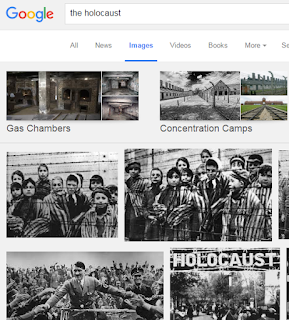IB 20 HOTA
I continued lecturing on the American Revolution today, I should be able to finish off the lecture next week. I gave you some light reading to do out of your History of the Americas textbook as well. Don't forget Phase I of the IA is due on Monday, September 24th.
Social 30-1
I gave you a work period to try and cut down on your homework for this weekend. Your Chapter 3 Key Terms and Questions are due on Monday. Next week's focus is on preparing you for the Unit 1 WRA II Essay, which you will write on Thursday.Social 10-1
We continued our film study of"Bend it Like Beckham". We'll finish this movie off on Monday, and the so the film study booklet will be due on Tuesday. Please see the study guides for the Chapter 1-2 Test and the Chapter 3-4 Test below. Don't forget that your universalization and hybridization infographic assignment is due on Monday, September 24th. You could of course make your infographic using a web-based program. Here are some suggested websites for doing this:CHAPTER 1-2 TEST STUDY GUIDE:
This test is on Tuesday, September 25th.- Study your Chapter 1 and 2 Key Terms
- Review the case studies from the textbook in Chapters 1 and 2, specifically the Metis, the Francophones, the Hmong, and the Maori
- Be prepared to answer any of the "Questions for Inquiry" from Chapters 1 and 2 (they are on the following pages: p.9, p.14, p.20, p.29, p.35, p.39):
- How does globalization affect economic aspects of people's lives?
- How does globalization affect social aspects of people's lives?
- How does globalization affect political aspects of people's lives?
- What is the difference between individual and collective identity?
- What is the relationship between identity and language?
- How does cultural exchange shape people's identities?
CHAPTER 3-4 TEST STUDY GUIDE:
This test will be written on Thursday, September 27th. It is a matching test with a long answer section.
- Know the key terms from Chapter 3-4
- Be able to answer the Questions for Inquiry in Chapters 3-4 (they appear on p.49, p.53, p.58, p.73, p.80)
- Know relevant case studies from Chapters 3-4: the Francophones, the Aborigines and the Lubicon, as well as other relevant examples related to assimilation, marginalization, accommodation and integration
IMAGE CITATIONS IN APA FORMAT:
STEP 1
Most of you will probably use Google for your image search. Just type in your image search term. I typed in The Holocaust.
STEP 2
A bunch of different images will pop up. Just click on one that you like. I clicked on the first image and a pop-up screen will show you the image more closely.
STEP 3
Click on "View Image". In the address bar you will see a specific URL for the image. This is what you need for your image citation. It should end in either .jpg or .png. or .svg or some other file extension that indicates that it is an image file.
STEP 4
If you're working in Microsoft Word, click on the References tab. You can select the Style of citation here (MLA, Chicago, APA, etc.). If you need to insert an in-text citation, you click on Insert Citation. If you want to start building a Bibliography, you can Insert Citation or Manage Sources.
STEP 5
You'll get a pop-up dialogue box like the one pictured below. I filled in the fields for the image that I picked. There are also online citation machines available as well, such as EasyBib (http://www.easybib.com/)





No comments:
Post a Comment